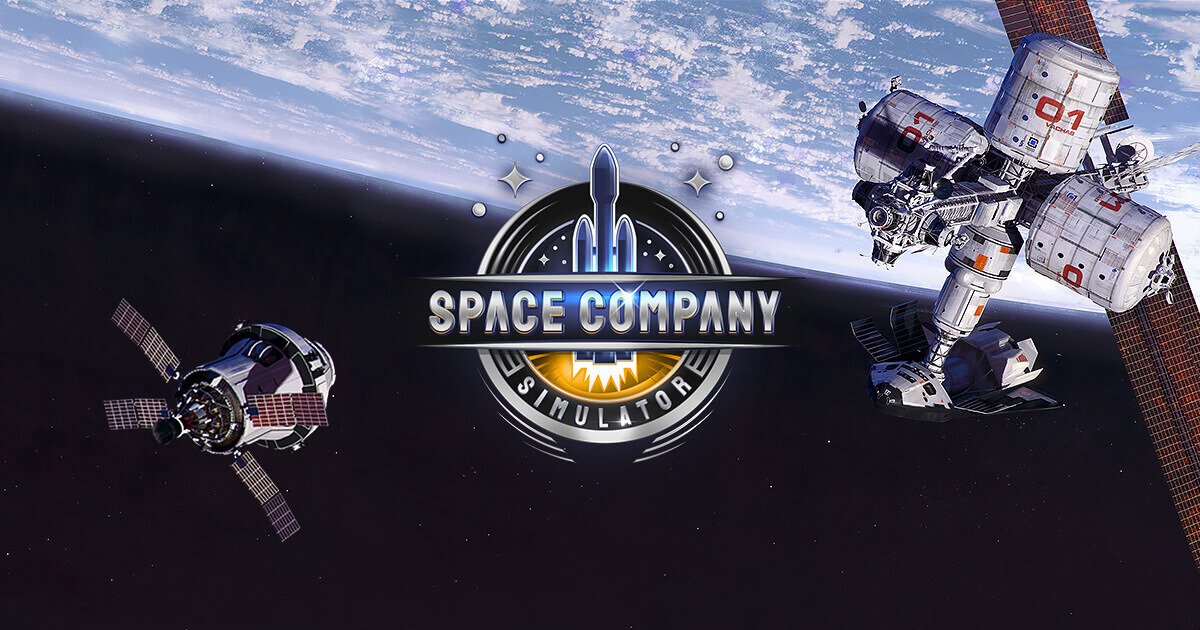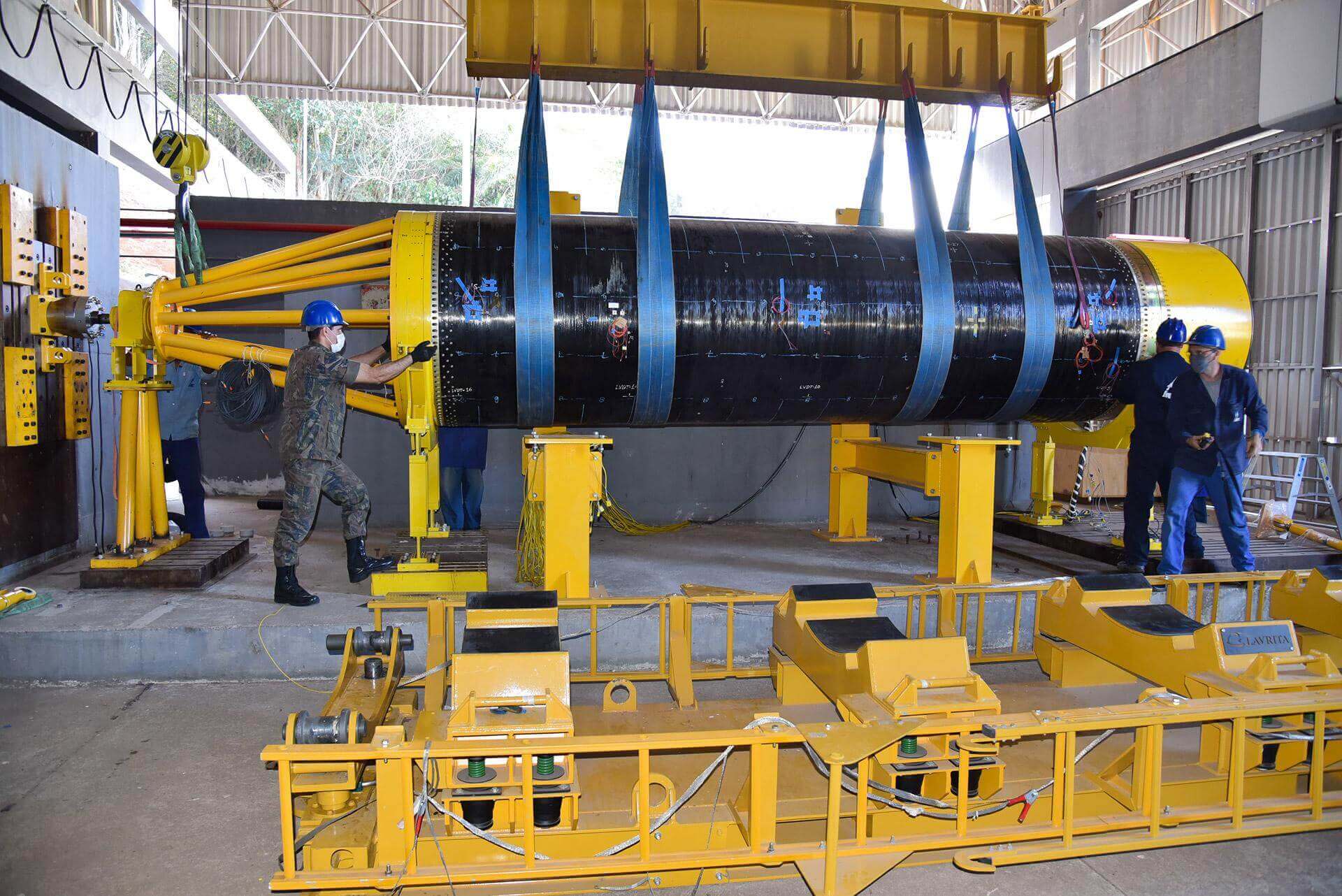If you are into space simulations, you might want to learn more about rocket motors and their uses. You can learn about Thrust vectoring rocket motors, Aerospike-powered, and Solid-propellant rocket motors. You can also explore the history of rockets and read about the most critical rockets and their inventors.
Space rocket company simulator
Space Rocket Company Simulator is a management game that places you in charge of launching spaceships and making profits for your company. The game requires you to make strategic decisions regarding resources and employees to become the best in the business. You’ll also need to manage your resources and automate your work to maximize your income.
The game can be played offline or online and has various features. It simulates spacecraft environments and is highly realistic. The simulator’s large scale allows players to experience space conditions at full scale. High-performance pumps and liquid nitrogen help create a vacuum billion times less than the standard sea level atmosphere, which approximates the cold temperatures of space. The simulation also features powerful xenon lamps that replicate the intensity of unfiltered sunlight in Earth’s orbit and at closer distances from the Sun. The hardware also rotates to recreate characteristic orbital motion.
Space Company Simulator is an open-source project that relies on user contributions. You can contribute by creating and expanding existing articles and searching through a database of similar themes to expand your knowledge. You can also edit and fix any present errors, such as missing links and spelling mistakes.
Whether you want to create your own space rocket company or just launch satellites, space flight simulators are a great way to experience the thrill and challenges of space flight. Many space flight simulations incorporate trading and combat elements.
Aerospike-powered rocket motors
Aerospike-powered rocket motors are a promising alternative to traditional rocket motors. These engines are made of large chambers with added support structures and plumbing. The exhaust flow is controlled by atmospheric pressure. This makes aerospike-powered rocket motors ideal for space travel. However, there are some limitations.
Aerospike-powered rocket motors are not yet ready for flight, but their potential is tremendous. The technology has been around for decades and promises significant gains. The first aerospike-powered rocket motors were developed in the 1960s. Aerospikes have virtually unlimited expansion ratios compared to conventional rocket motors, requiring 30 per cent less fuel.
Despite these limitations, aerospike technology has made significant progress in recent years. It was used in the first operational single-stage to-orbit satellite launcher, the Demonstrator 3. This rocket engine will undergo a series of ground tests to qualify for the flight. Once qualified, it will be integrated into a rocket and perform a suborbital space flight.
The following generation of launch vehicles will have to be efficient, lightweight and provide power to reach space. They also need to have low costs and short turnaround times. Aerospike-powered rocket motors will be an essential part of next-generation spaceflight vehicles. Next-generation spaceships will have a better propulsion system than ever using the technology.
Aerospike-powered rocket motors were initially developed to provide thrust during spaceflight. The prototype was the RS-2200. It had a central body with 20 combustion chambers. The liquid hydrogen and oxygen fuel provided significant thrust, but there were some limitations. In the end, NASA decided to stick with closed-cycle bell-nozzled engines.
Thrust vectoring rocket motors
Thrust vectoring rocket motors provide two significant benefits: better manoeuvrability and VTOL/STOL capabilities. The thrust vectoring system works when the propulsion system is firing and allows the flight path to be controlled. Unlike traditional rockets, which use fins to guide their flight, full-sized rockets use reactive control systems, such as thrust vectoring.
Thrust vectoring rocket motors work by gimbaling the entire engine assembly. The gimbal allows the combustion chamber and outer engine bell to move together to produce the right thrust in either direction. Most rockets today use this system. It was also used on the Space Shuttle and Saturn V lunar rocket.
Using multiple vernier thrusters to produce thrust vectoring is an alternative method. These are small, auxiliary combustion chambers without turbopumps that gimbal on one axis. Initially, this rocket engine was used on the Atlas missile, but it is now used on the Soyuz rocket. However, it is not widely used in new designs due to its complexity. In addition to vernier thrusters, missiles can also use solid-state thrust vectoring.
Another method used for thrust vectoring rocket motors is liquid injection. This method involves injecting liquid into the exhaust plume through injectors mounted around the aft end. This fluid changes the side of the plume, resulting in a different thrust. This creates an asymmetric net force on the missile.
Thrust vectoring rocket motors are tested in US Army and US Navy hypersonic weapons. This technique allows for manoeuvres in flight that would otherwise be impossible without this technology. It is also used in US strategic nuclear missile systems, such as the Minuteman II intercontinental ballistic missile and submarine-launched ballistic missile.
Solid-propellant rocket motors
Solid-propellant rocket motors burn fuels to produce thrust. Such powers are composed of chemical compounds and mixtures capable of combustion without air, creating hot gases that boost the rocket’s momentum and increase its velocity. Several properties are necessary for a suitable propellant, including uniform discharge, high molecular weight, and high pressure.
They offer high thrust at a low cost. Solid-fuelled rocket motors are preferred for military applications as they are less likely to explode in flight and can be stored for rapid deployment. In addition, they can propel tactical guided missiles twice as fast as liquid-fueled rockets. The materials used in solid-rocket motors are pretty diverse. Some of the most common materials for solid-rocket engines are powdered aluminium and hydroxyl-terminated polybutadiene.
A solid rocket motor consists of several parts, including a motor case, nozzle assembly, and igniter assembly. These components are connected by a liner, which forms a bond between the fuel and the insulator. The solid fuel burns outward from an inner bore and is bonded to the motor case. Some solid-propellant rocket motors also have central rods, which suppress the oscillatory motions of the gas.
The main goal of solid-propellant rocket motors is to provide high thrust for a short period. The solid propellant grain can be shaped to produce a desired thrust-time profile. Stable propellant combustion characteristics depend on pressure, core flow, and acceleration. Internal ballistic analyses for solid rocket motors are also discussed to help designers estimate motor performance. Additionally, structural issues are discussed, which can affect the design of a reliable rocket motor.
The Chinese first used solid-propellant rocket motors more than 2000 years ago. In the intervening centuries, they were used mainly in artillery. However, these rockets proved ineffective as weapons and had poor accuracy. Their use in the early 20th century was limited by the lack of high-quality fuels and technology to manufacture them. Nevertheless, they were considered by pioneers of rocketry as a viable alternative for space flight.



Average Rating